Prep
Week 2, Term 4

Prep
Week 2, Term 4
INFORMATION
🙋🏽♀️ Volunteers for Mont de Lancey and Healesville excursions
We’d love some parent helpers to join us and support our excursions so that everything runs smoothly and safely. The dates are:
Mont de Lancey: Friday 31st October
Healesville Sanctuary: Thursday 13th November
If you’re interested in coming along, please email the school at wonga.park.ps@education.vic.gov.au to let us know. Please include which excursion you’re available for in your email by Wednesday 15th October. We’ll be in touch by Friday 17th October to confirm if we’ll need your help.
Please also note that you will need to be able to transport yourself to and from the venues.
🔤 Nessy - reading and phonics website
Your child now has access to the Nessy website on their iPad. We’ve completed the initial assessment at school to make sure they’re starting at a level that’s just right for them. You’re welcome to use Nessy at home as a fun and engaging way to support your child’s phonics and reading development. You’ll find their Nessy password recorded in their reading log, and you can access the website by using the QR code on the login information.
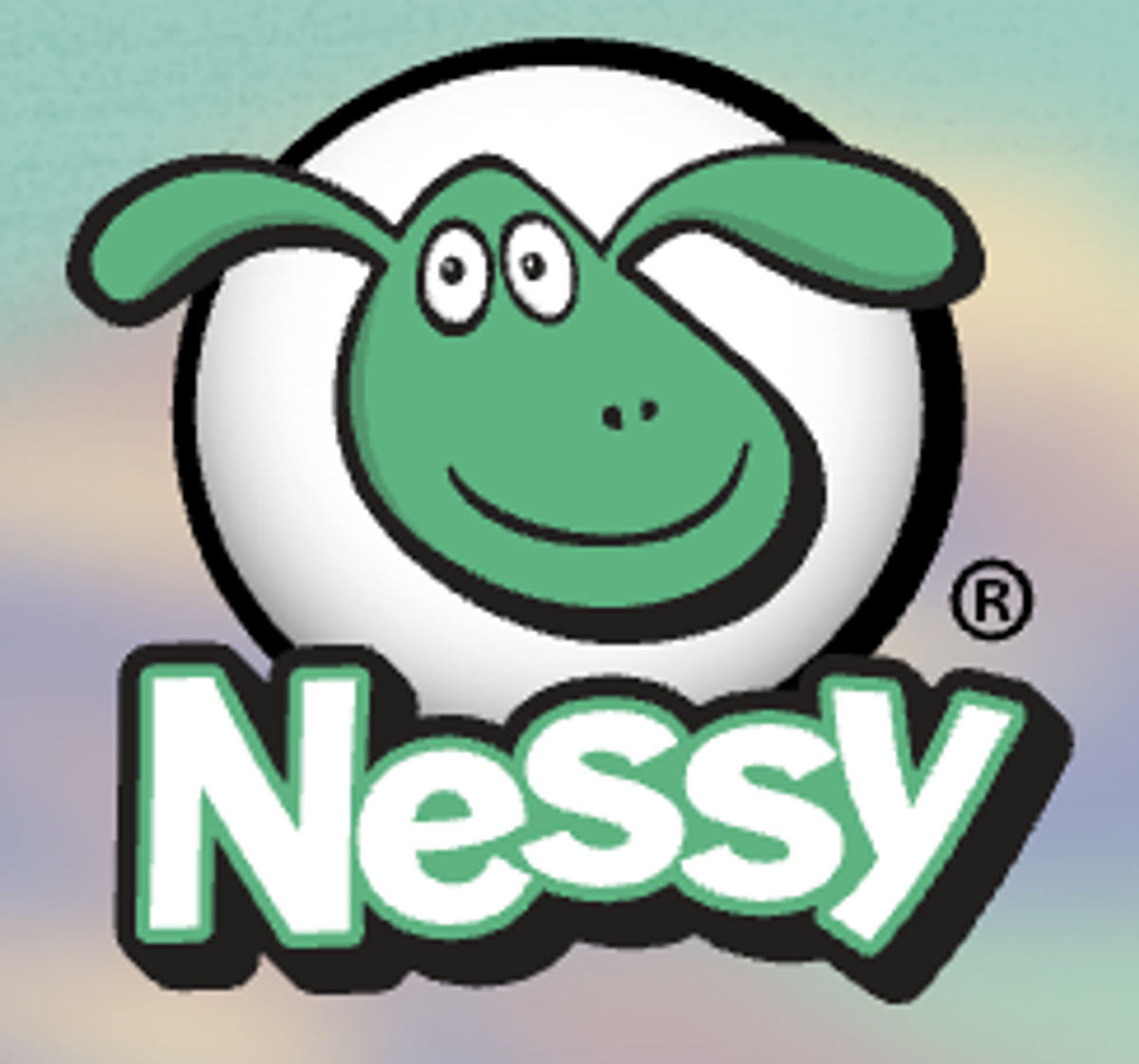

🍋 Lemons - can you help?
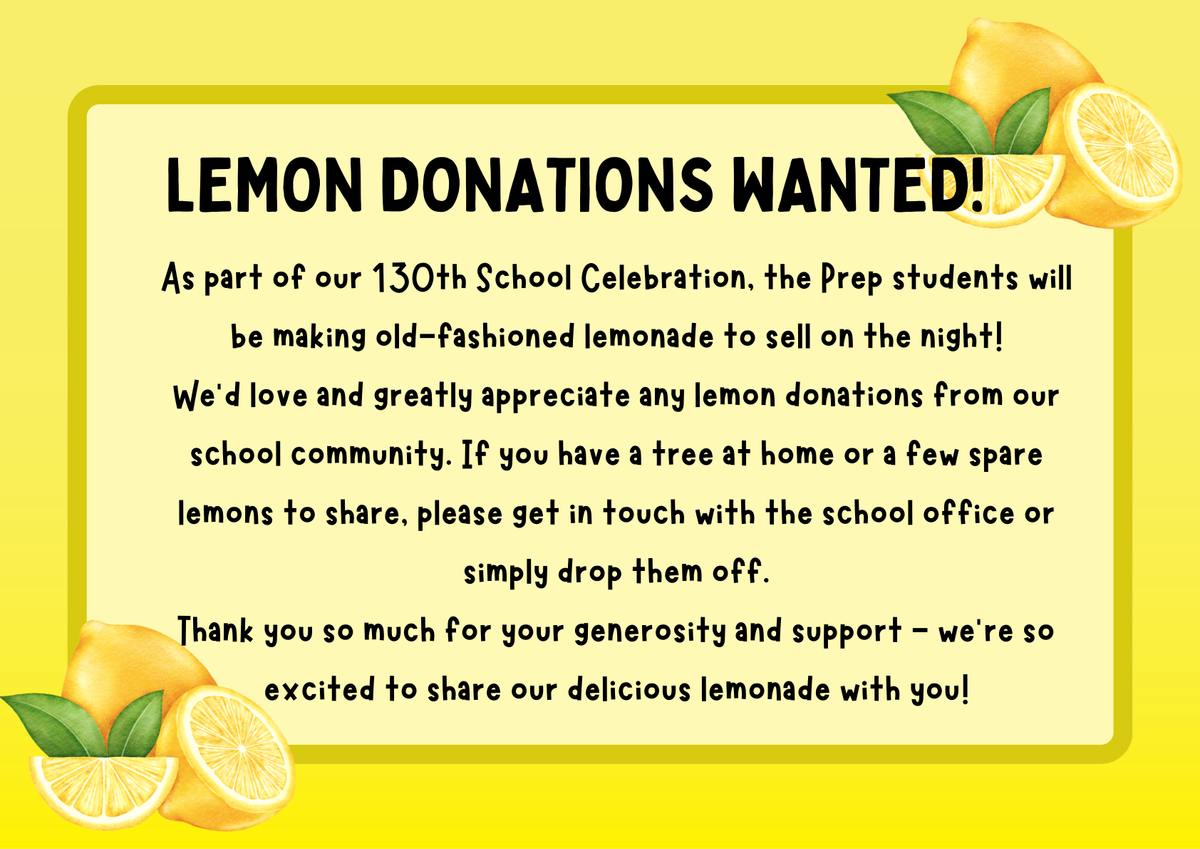

CURRICULUM
📚 Phonemic awareness: reading and phonics
We are continuing to learn about long vowel sounds. This week we are learning about 'i_e' as in kite and 'o_e' as in note.
Our focus will include:
We’ll also learn the Heart Words: by and my as well as reviewing previously learned heart words.
What can you do at home?
• Help your child read the take-home book, decodable passages and Heart Words from their book pocket. Aim for fluency by the second day of reading.
As your child reads, encourage them to recognise familiar words instantly and only sound out unfamiliar ones.
• Enjoy bedtime stories together to build vocabulary, comprehension and a love of reading.
• If you're interested in learning more about Cued Articulation, you can watch this helpful video by Jane Passey (the founder), where she explains and demonstrates each sound:
https://youtu.be/gyGX3RcLG74?si=h0n6hahCfpIda4Gr
• Work through the optional UFLI home pages if you’d like some extra phonics practise at home.
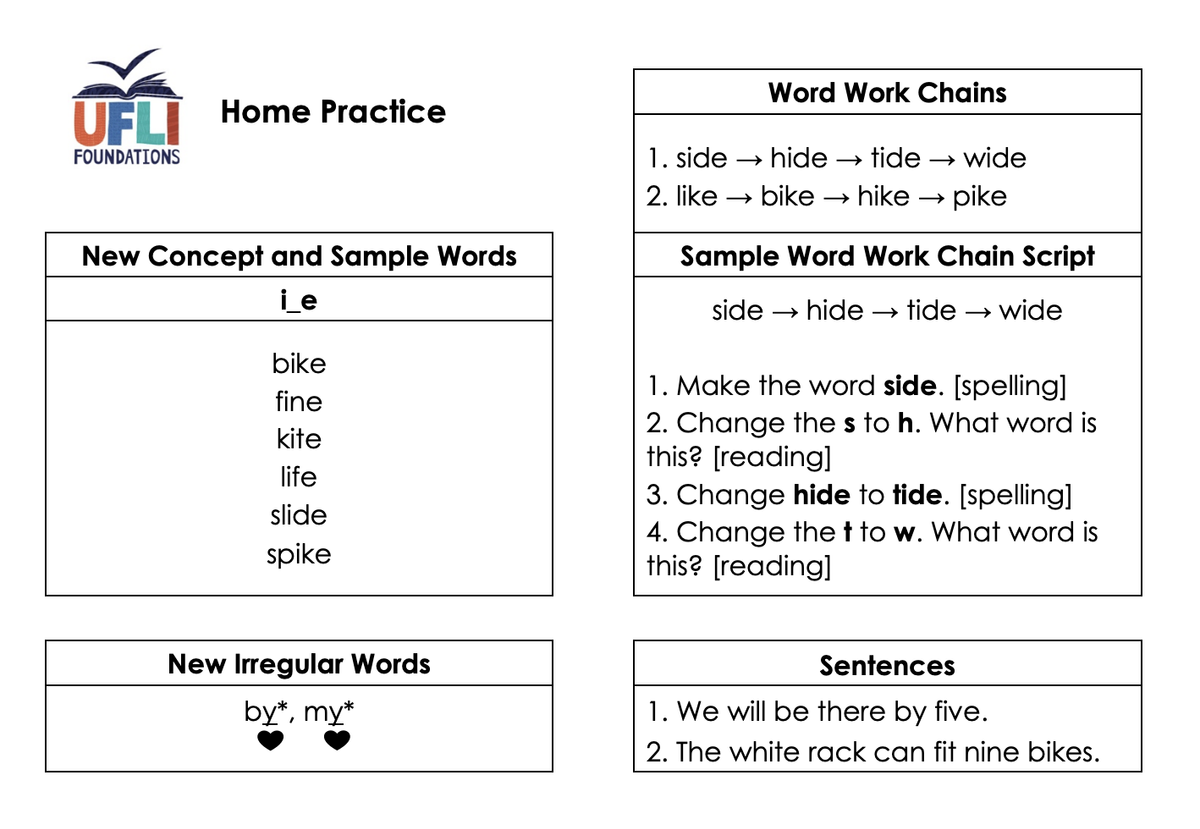
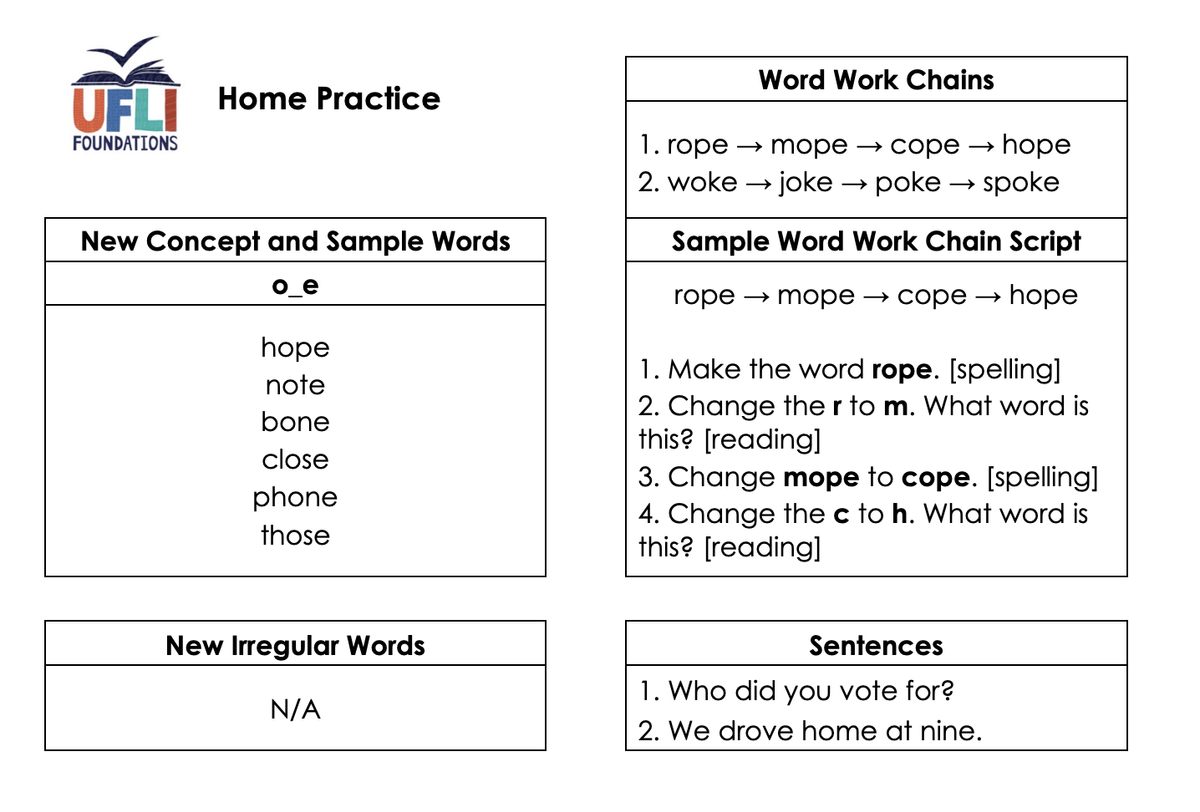


📝 Literature: reading responses and writing
Our Mentor Text is Somewhere in Australia by Marcello Pennacchio. This book supports our CBL learning about Australian animals, particularly as we explore the question, What does ‘native’ mean? The story is rich in verbs, so we’ll be focusing on how animals move and using action words to describe them, helping students expand their vocabulary. Students will also create their own short ‘verb poems’ about an Australian animal and explore the rhyming patterns found throughout the book.
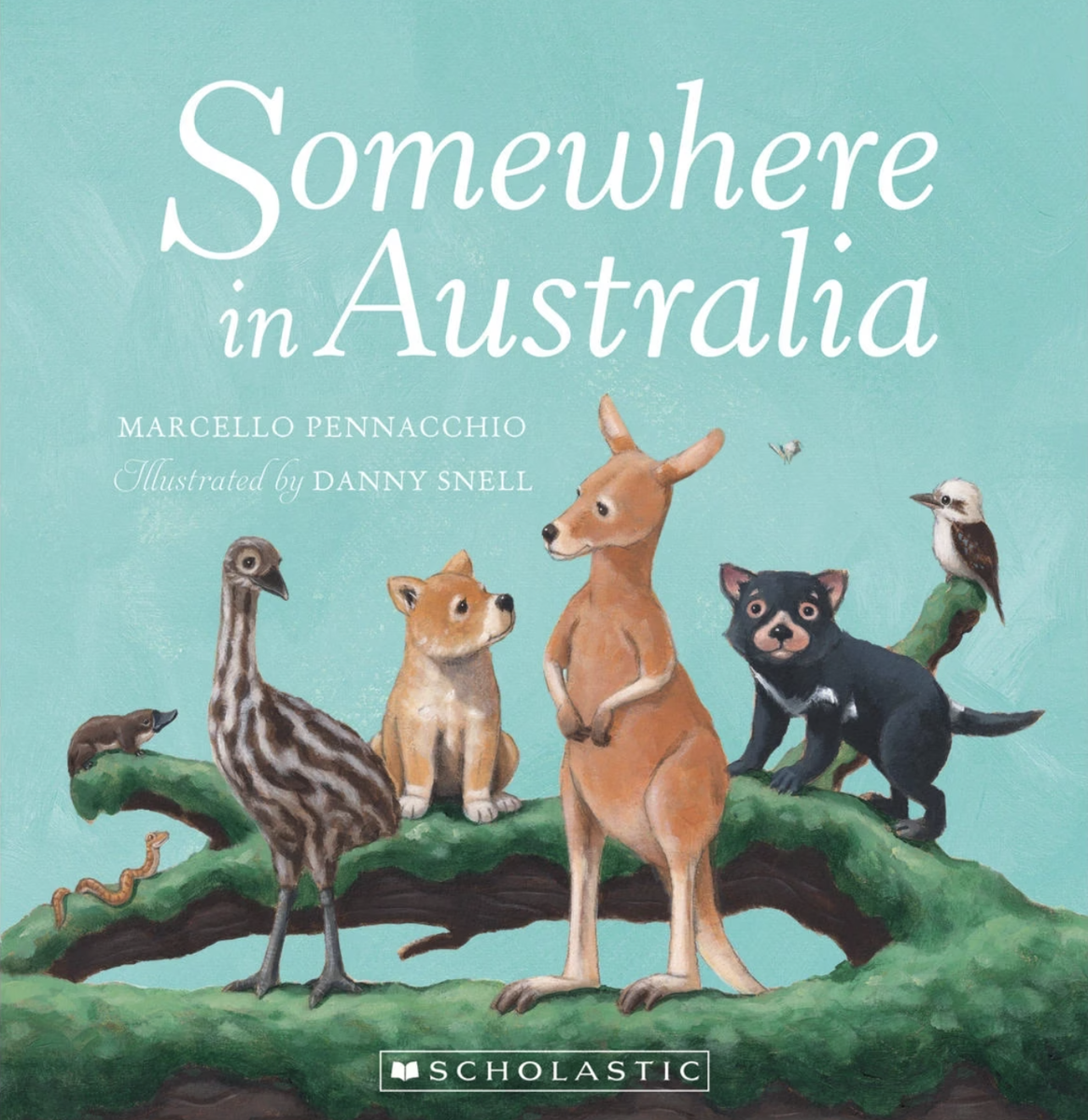

Students will take part in plenty of writing sessions during our Mentor Text lessons. They will innovate on the text by using a section of the story and providing their own ideas to mimic its style and structure.They will continue developing their handwriting by practising letter formations on ‘sky, grass, dirt’ lines.
What can you do at home?
• Practise 'boss letters' and then practise its cousins (see below).
• Build in authentic writing experiences like writing a shopping list, birthday cards, wish lists or notes for family members.
• Say it, then write it – Ask your child to say their sentence out loud first, then write it down.
• Check for capitals and full stops – Remind your child to start with a capital letter and finish with a full stop.
• Practise writing the Heart Words, taking care to notice the tricky 'heart' parts in the word.
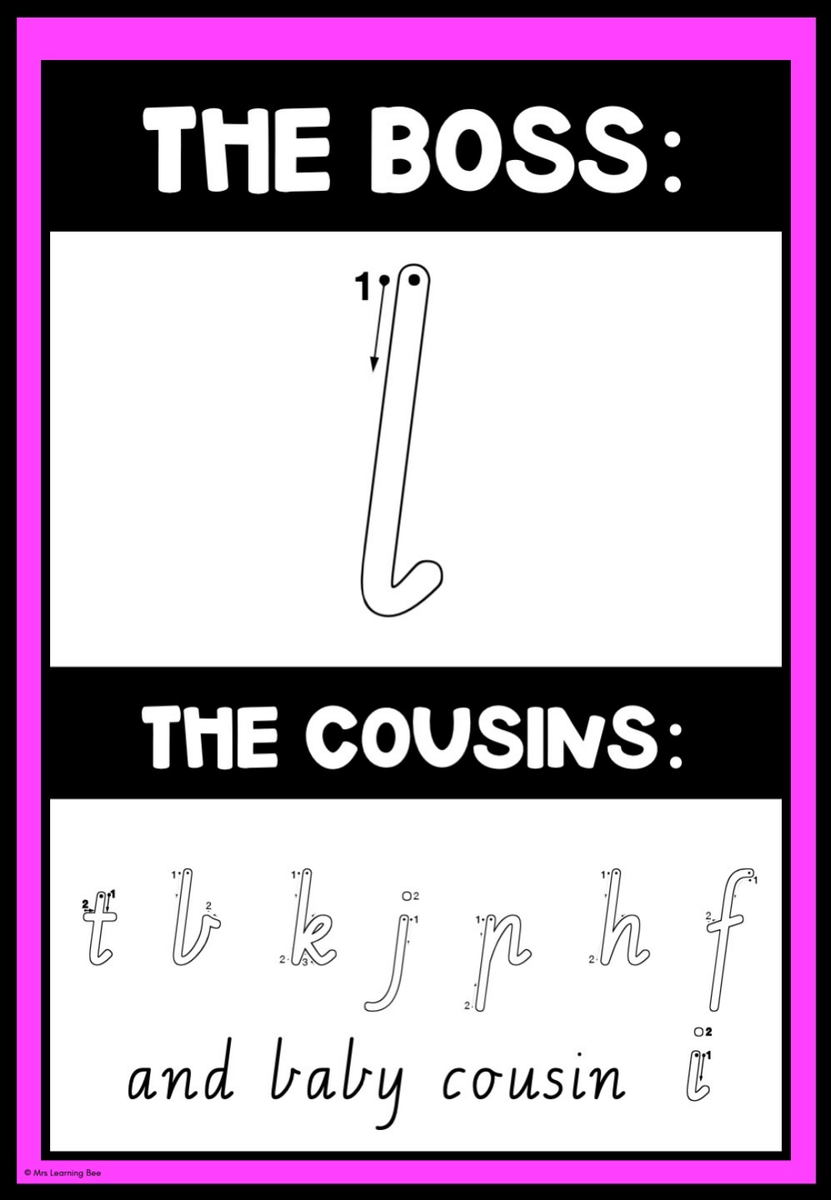
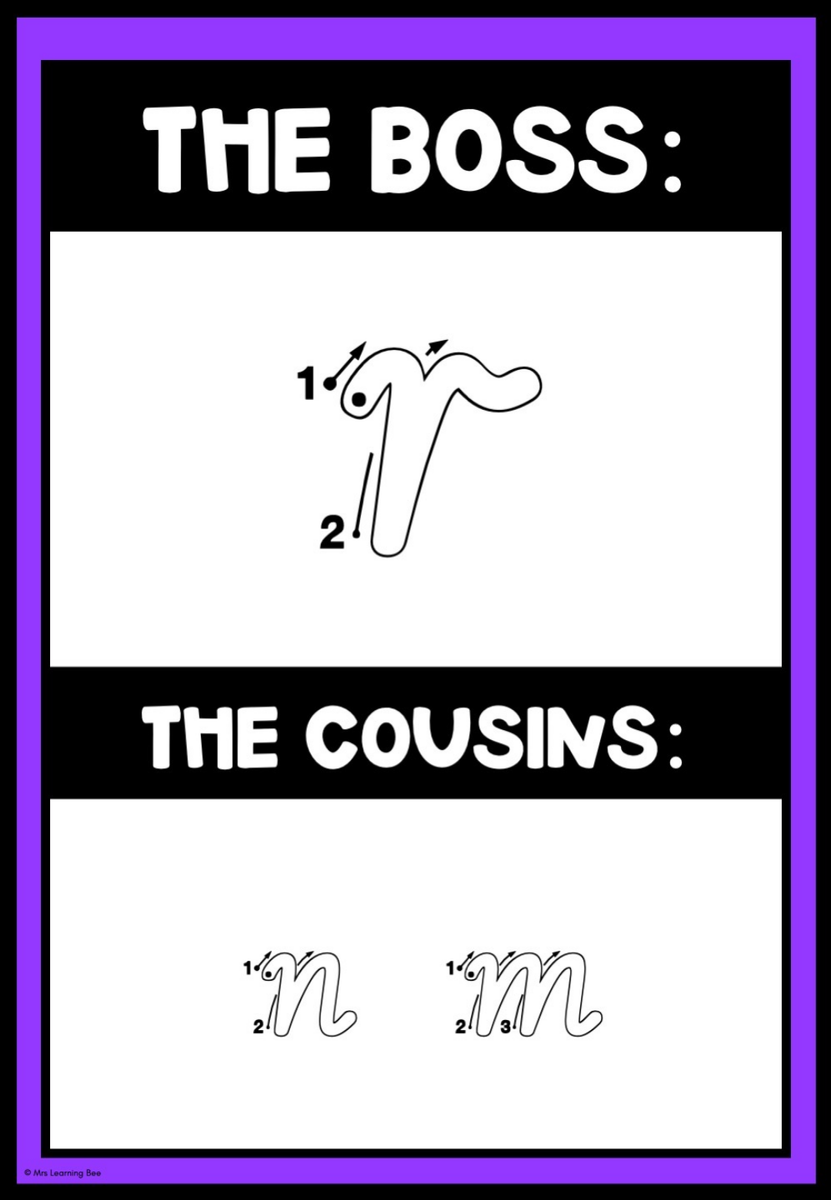
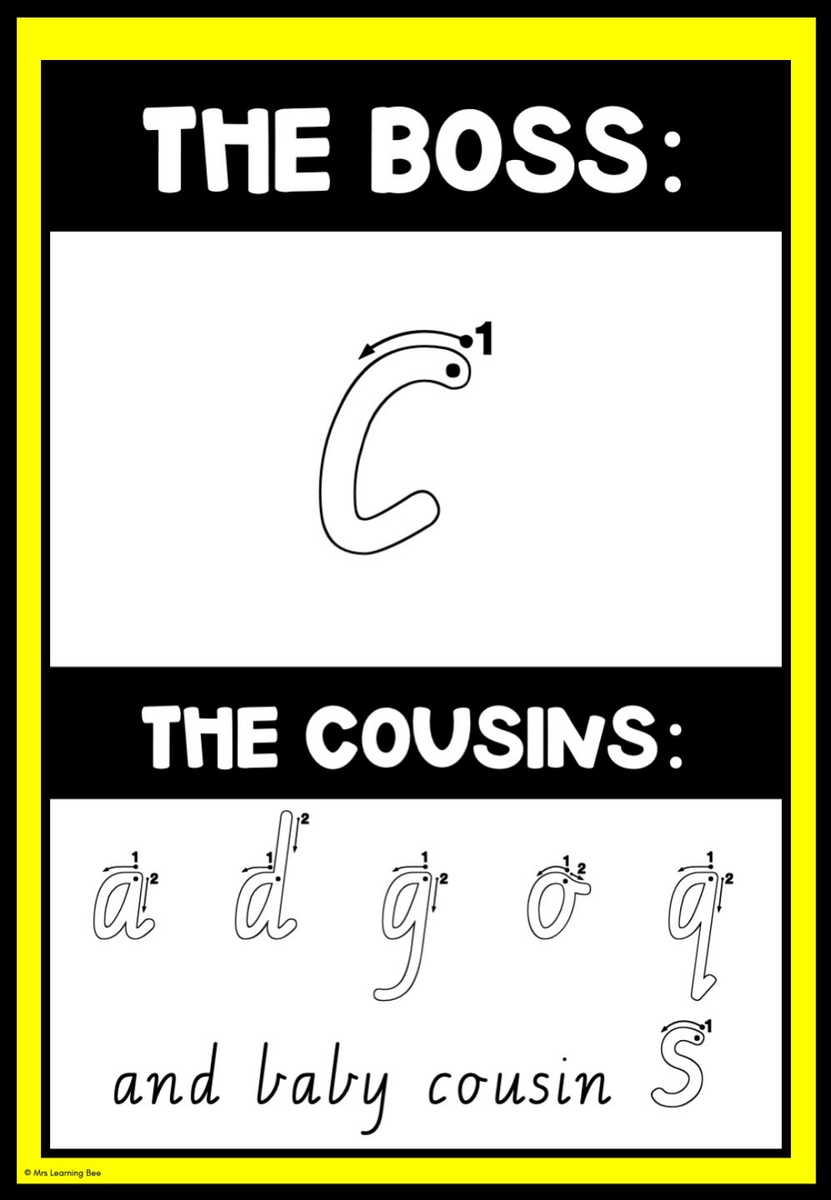
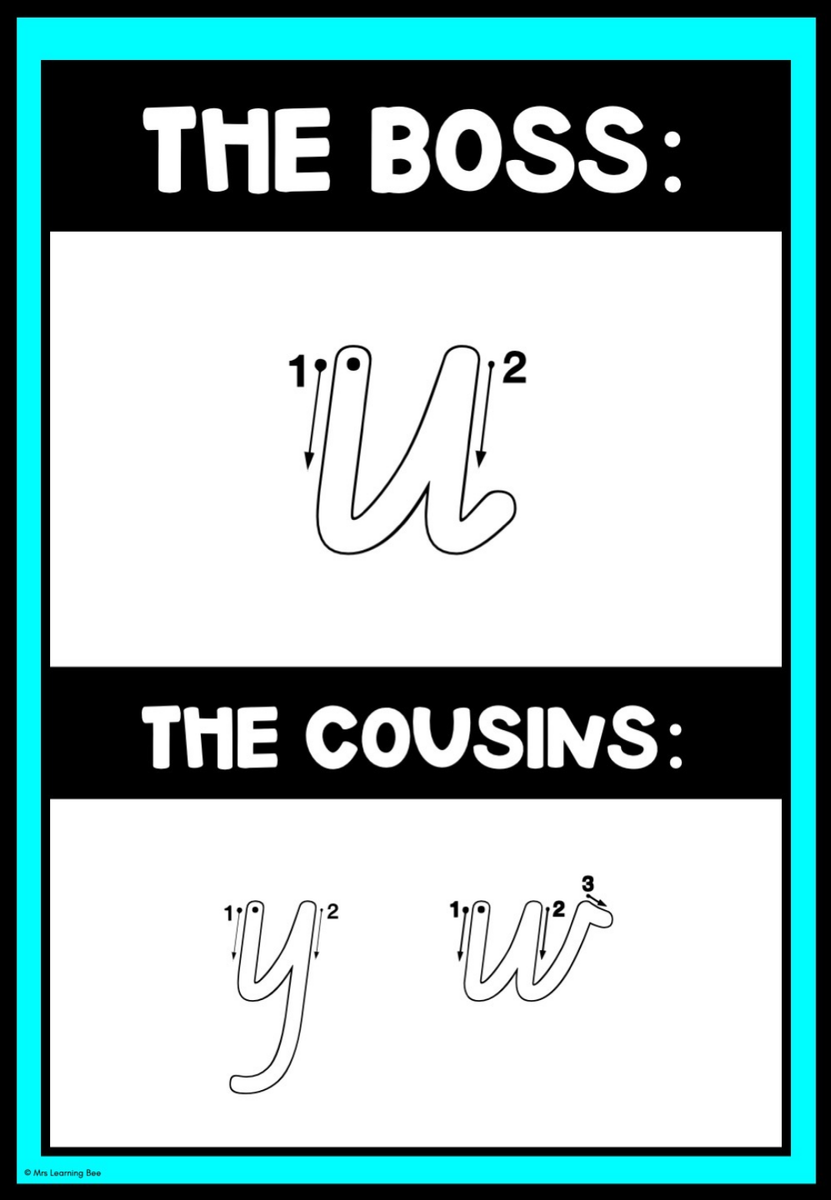
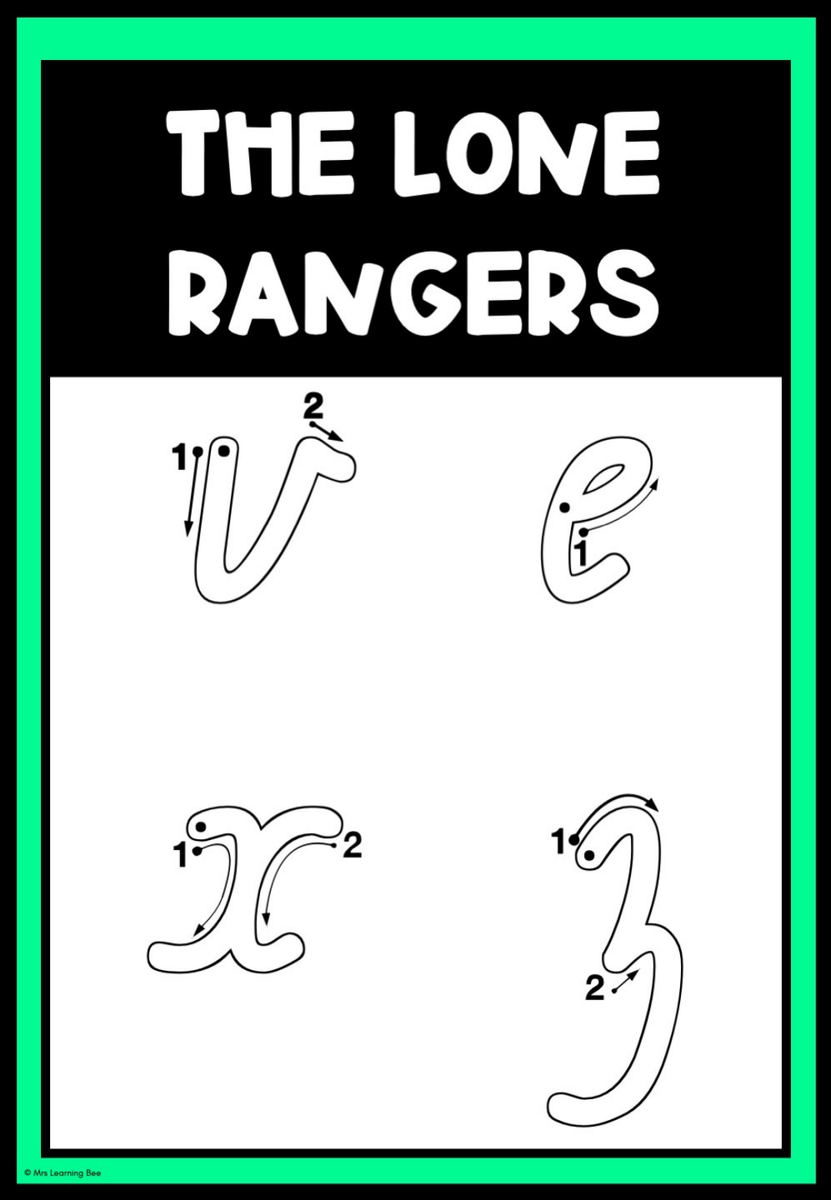





🔢 Maths
We are continuing to develop our understanding of place value. Students will explore concepts such as:
These hands-on activities help students build a strong foundation for understanding how numbers work.
What can you do at home?
• Practise counting forwards and backwards from different starting points (e.g. start at 47 and count back to 30).
• Use everyday objects (like buttons or pasta) to make groups of tens and ones.
• Play number games together - board games, card games, or counting games in the car
• Look for two-digit numbers in your environment (letterboxes, signs, prices) and talk about the tens and ones.
🌏 CBL - Discovery
We will be exploring the guiding question “What does ‘native’ mean?” as we learn about the animals and plants that are native to Australia.
🫶🏼 Respectful Relationships
We are focusing on the lessons “How Stressful?” and “Positive Play.” Students will learn to identify situations that might cause stress and explore healthy ways to manage these feelings. They’ll also discuss what makes play positive and how to include others so everyone feels happy and supported.